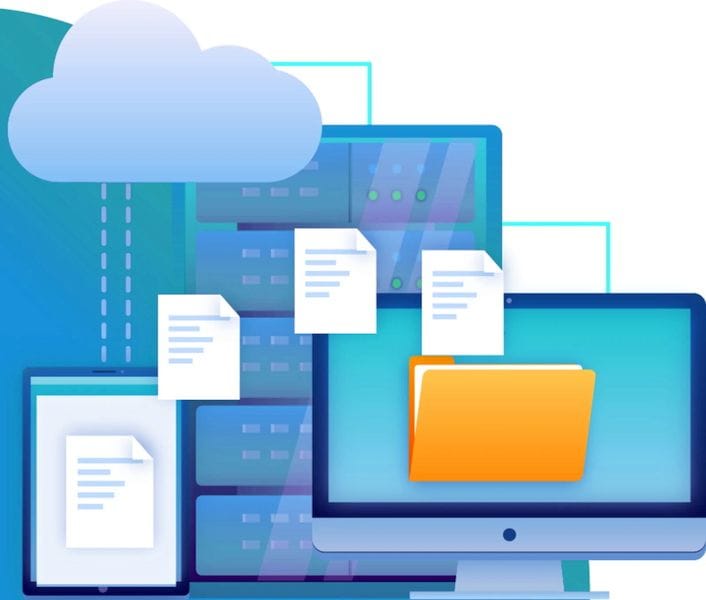 TECHNIA.Cloud
TECHNIA.Cloud
There’s no longer much doubt about the benefits and ubiquity of the cloud, but its utility in product design is still being understood.
This is due in part to the limited number of product lifecycle management (PLM), computer aided design (CAD) and engineering packages actually available on the cloud.
One of the most prominent platforms is from Dassault Systèmes, which combines PLM, CAD and other tools into a single cloud-based platform. Unfortunately, shifting over business operations from on-premise solutions to a cloud package is not as easy as a business might hope.
For that reason, there are service and software providers that can assist in making the transition to the cloud as easy as possible. As an example, for companies aiming to switch their operations to the cloud, TECHNIA.Cloud provides an accelerated and configurable integration solutions into the overall business ecosystem while taking care of legacy data migration.
Cloud Benefits
The most immediately obvious benefit of product design and management in the cloud is the reduction in overhead and complexity associated with on-site infrastructure and IT. Given the large amount of data used with PLM, CAD and other tools, costly servers and IT personnel are needed to run those servers. By relying on the cloud via software as a service (SaaS), it’s possible to allow a service provider to perform the complex task of server management.
Similarly, software updates for the aforementioned tools can be undertaken by the service provider, as well. That way, the most recent version of a software program will occur seemingly automatically when it is available from the developer. Of course, this only happens once each customer has validated that the update is acceptable to their users.
Other benefits include the ability to access software and data anywhere around the world, enabling disparate team members and stakeholders to work jointly and remotely without having to worry about version overrides.
Cloud Drawbacks
That said, taking advantage of these benefits may be easier said than done. Adopting a cloud-based solution, particularly if it differs markedly from an enterprise’s existing tools, means learning a new platform. In addition to the learning curve, other issues include problems migrating data, low Internet bandwidth and the fear of potential security risks.
 Blake Herman, Global Technical Lead at TECHNIA. (Picture courtesy of Dassault Systèmes)
Blake Herman, Global Technical Lead at TECHNIA. (Picture courtesy of Dassault Systèmes)
In the case of 3DEXPERIENCE, an out-of-the-box product may not always serve the specific needs of its customer. While an out-of-the-box platform can tackle a wide variety of industry applications, such as both electronics and life sciences, it may not be a perfect match for the requirements of each industry.
“If a customer’s needs are satisfied by out of the box software, that’s great,” Blake Herman, global technical lead of TECHNIA.Cloud at TECHNIA, explained. “A lot of businesses like the idea of someone else taking care of the system for you and [may] not have the internal IT, hardware resources and knowledge to get this system up and going, but they also need some flexibility to adapt it to their business.”
Read more at ENGINEERING.com

